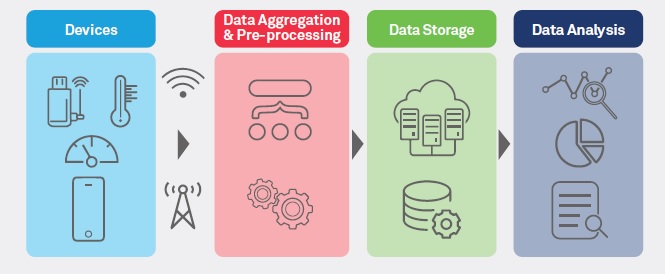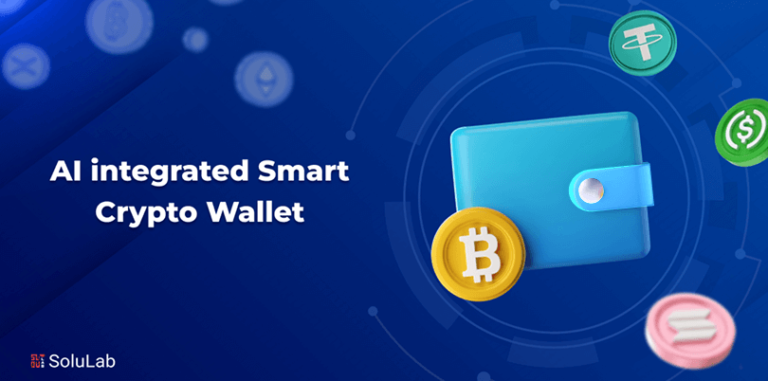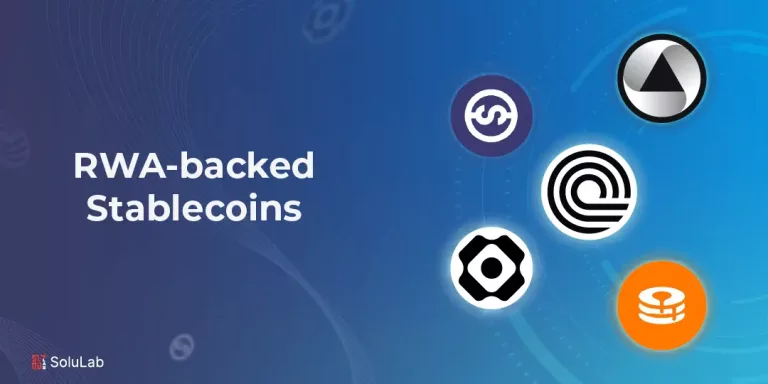
Before the Internet of Things, patients’ interactions with doctors were limited to visits, and tele and text communications. There was no way doctors or hospitals could monitor patients’ health continuously and make recommendations accordingly.
Internet of Things (IoT)-enabled devices have made remote monitoring in the healthcare sector possible, unleashing the potential to keep patients safe and healthy, and empowering physicians to deliver superlative care. It has also increased patient engagement and satisfaction as interactions with doctors have become easier and more efficient. Furthermore, remote monitoring of patient’s health helps in reducing the length of hospital stay and prevents readmissions. IoT also has a major impact on reducing healthcare costs significantly and improving treatment outcomes.
IoT is undoubtedly transforming the healthcare industry by redefining the space of devices and people interaction in delivering healthcare solutions. IoT has applications in healthcare that benefit patients, families, physicians, hospitals and insurance companies.
IoT for Patients
Devices in the form of wearables like fitness bands and other wirelessly connected devices like blood pressure and heart rate monitoring cuffs, glucometer etc. give patients access to personalized attention. These devices can be tuned to remind calorie count, exercise check, appointments, blood pressure variations and much more.
IoT has changed people’s lives, especially elderly patients, by enabling constant tracking of health conditions. This has a major impact on people living alone and their families. On any disturbance or changes in the routine activities of a person, alert mechanism sends signals to family members and concerned health providers.
IoT for Physicians
By using wearables and other home monitoring equipment embedded with IoT, physicians can keep track of patients’ health more effectively. They can track patients’ adherence to treatment plans or any need for immediate medical attention. IoT enables healthcare professionals to be more watchful and connect with the patients proactively. Data collected from IoT devices can help physicians identify the best treatment process for patients and reach the expected outcomes.
IoT for Hospitals
Apart from monitoring patients’ health, there are many other areas where IoT devices are very useful in hospitals. IoT devices tagged with sensors are used for tracking real time location of medical equipment like wheelchairs, defibrillators, nebulizers, oxygen pumps and other monitoring equipment. Deployment of medical staff at different locations can also be analyzed in real time.
The spread of infections is a major concern for patients in hospitals. IoT-enabled hygiene monitoring devices help in preventing patients from getting infected. IoT devices also help in asset management like pharmacy inventory control, and environmental monitoring, for instance, checking refrigerator temperature, and humidity and temperature control.
IoT for Health Insurance Companies
There are numerous opportunities for health insurers with IoT-connected intelligent devices. Insurance companies can leverage data captured through health monitoring devices for their underwriting and claims operations. This data will enable them to detect fraud claims and identify prospects for underwriting. IoT devices bring transparency between insurers and customers in the underwriting, pricing, claims handling, and risk assessment processes. In the light of IoT-captured data-driven decisions in all operation processes, customers will have adequate visibility into underlying thought behind every decision made and process outcomes.
Insurers may offer incentives to their customers for using and sharing health data generated by IoT devices. They can reward customers for using IoT devices to keep track of their routine activities and adherence to treatment plans and precautionary health measures. This will help insurers to reduce claims significantly. IoT devices can also enable insurance companies to validate claims through the data captured by these devices.
Redefining Healthcare
The proliferation of healthcare-specific IoT products opens up immense opportunities. And the huge amount of data generated by these connected devices hold the potential to transform healthcare.
IoT has a four-step architecture that are basically stages in a process (See Figure 1). All four stages are connected in a manner that data is captured or processed at one stage and yields the value to the next stage. Integrated values in the process brings intuitions and deliver dynamic business prospects.
Step 1: First step consists of deployment of interconnected devices that includes sensors, actuators, monitors, detectors, camera systems etc. These devices collect the data.
Step 2: Usually, data received from sensors and other devices are in analog form, which need to be aggregated and converted to the digital form for further data processing.
Step 3: Once the data is digitized and aggregated, this is pre-processed, standardized and moved to the data center or Cloud.
Step 4: Final data is managed and analyzed at the required level. Advanced Analytics, applied to this data, brings actionable business insights for effective decision-making.

IoT is redefining healthcare by ensuring better care, improved treatment outcomes and reduced costs for patients, and better processes and workflows, improved performance and patient experience for healthcare providers.
The major advantages of IoT in healthcare include:
- Cost Reduction: IoT enables patient monitoring in real time, thus significantly cutting down unnecessary visits to doctors, hospital stays and re-admissions
- Improved Treatment: It enables physicians to make evidence-based informed decisions and brings absolute transparency
- Faster Disease Diagnosis: Continuous patient monitoring and real time data helps in diagnosing diseases at an early stage or even before the disease develops based on symptoms
- Proactive Treatment: Continuous health monitoring opens the doors for providing proactive medical treatment
- Drugs and Equipment Management: Management of drugs and medical equipment is a major challenge in the healthcare industry. Through connected devices, these are managed and utilized efficiently with reduced costs
- Error Reduction: Data generated through IoT devices not only help in effective decision making but also ensure smooth healthcare operations with reduced errors, waste and system costs
Healthcare IoT is not without challenges. IoT-enabled connected devices capture huge amounts of data, including sensitive information, giving rise to concerns about data security.
Implementing apt security measures is crucial. IoT explores new dimensions of patient care through real-time health monitoring and access to patients’ health data. This data is a goldmine for healthcare stakeholders to improve patient’s health and experiences while making revenue opportunities and improving healthcare operations. Being prepared to harness this digital power would prove to be the differentiator in the increasingly connected world.




